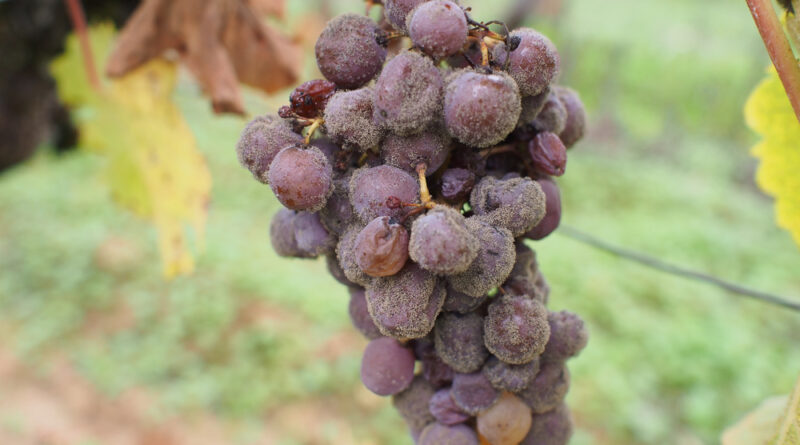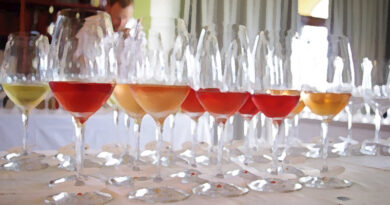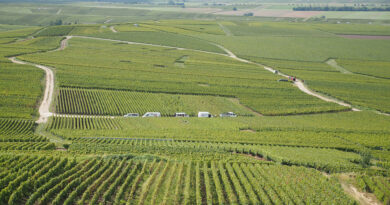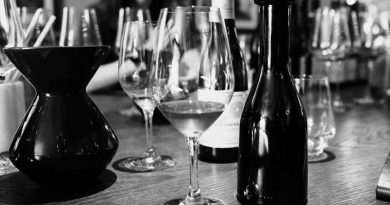How sweet wines are made
An introduction to the sweet wine production process, looking at the different ways of making a sugar-rich, complex, balanced wine
Sweet wines have been highly prized through history, but of late they’ve become a bit neglected. If you were a Bordeaux collector who bought top wines from good vintages 20 year ago and cellared them, you’d make a tidy profit if you sold them now. But not so the great sweet wines from the region: Sauternes and Barsac. The dry reds have become increasingly collectable, while the sweet wines are unfashionable and haven’t increased in value.
There are lots of different ways of making sweet wines, and here we are going to explore some of the options, in a rapid tour around the best examples across the globe. The general principle is to boost sugar levels some way, or to stop the sugar being converted to alcohol. At the same time, preserving or boosting acidity is also helpful to provide balance. The best sweet wines have high sugar and high acidity.
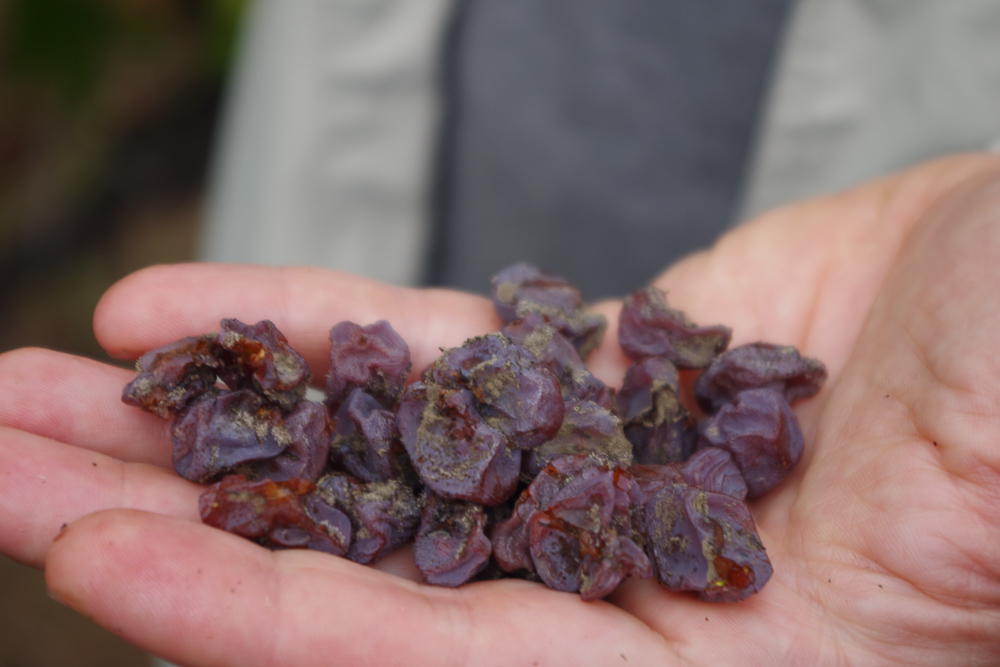
Noble Rot
Let’s begin with probably the most interesting method: noble rot. This is a fungus called Botrytis cinarea, and it’s a bit of a wine Frenemy. If it comes at the right time, the result can be some of the world’s greatest sweet wines. Turn up at the wrong time, and you’ve lost a lot or all of your crop. The right time is when it attacks already ripe grapes on a misty morning, and then in the afternoon the sun comes out and begins to dehydrate the grapes (the picture at the top of this article shows the early stages of this in Sauternes). This cycle can continue for a few days and the dual effect of the fungus – dehydrating the berries and concentrating the sugar and acidity, plus affecting the metabolism of these berries so that they make interesting flavor compounds (and their precursors), and then you have something very interesting indeed.
This technique is famously used in Sauternes and Barsac in Bordeaux, as well as Tokaji in Hungary. But it’s also found around the world where climatic conditions are right. The result is very complex sweet wines with a good balance between the acidity and sweetness.
In South Africa, the category for these wines is Noble Late Harvest, while in Australia there’s a famous example from De Bortoli called Noble One. In Germany, the wines made this way are known as Beerenauslese or Trockenbeerenauslese.
How come they are sweet? It’s because the must (the grape juice after pressing) has very high levels of sugar in it, and the fermentation stops after say 10-13% alcohol has been reached, leaving lots of sugar left in the final wine. As a rule of thumb, 16 grams of sugar are needed to make 1% alcohol. So if the must has 260 grams per litre of sugar, then ferments to 10%, it will leave 100 g/l of residual sugar.
Fortification
Another widely used method for making sweet wines is fortification. Here the principal is that if high strength brandy is added to a fermenting wine, it will kill all the yeasts and leave a wine that still has lots of sugar in it. The most famous of fortified wines is Port, which comes from the Douro region of Portugal. In this case, fermentation only takes part for a couple of days before brandy is added. In the South of France the technique is also used to make Vin Doux Naturels. In Australia it’s used to make the famous sweet wines of Rutherglen: Muscats and Topaques. South Africa also makes some interesting Port-style wines. Sherry is a fortified wine but here the winemaking is different. Most Sherries are dry, except for those made from a grape called Pedro Ximenez, which makes very rich sweet wines from raisining harvested grapes in the sun (more on this later). The sweet cream Sherries and Olorosos are fortified after fermentation and then some sweet Pedro Ximenex is added. One of the problems with fortification is that because fermentation only goes a short way, the young wines miss out on some of the complexity that comes from the metabolic activity of the yeasts. So often they are aged before consumption, and this provides some extra interest.
Drying grapes
One way to make boost the sugar levels in grapes is to dry them. This can take place on mats in the vineyards (‘straw wine’), or special drying sheds. In Italy, Vin Santo is made from bunches of grapes that have been hung up to dry from the rafters, or laid on mats. Pedro Ximenez grapes are laid on the floor in the vineyard in Sherry country. The idea is similar to botrytis: by desiccating the grapes, sugar and acid are increased, and fermentation stops leaving lots of sugar in the finished wine.
Late harvest
This is probably the simplest method. It just involves picking grapes late when they have very high sugar levels. The disadvantage here is that they tend to have low acid levels as well by the time they are harvested.
Ice wine
One of the most extreme ways to make sweet wine is to leave the grapes on the vine until they freeze. A speciality of Germany, this has also taken off in Canada, which is now the leading source of this nectar-like substance. The principle is that at a certain temperature – the berries are normally picked at below minus 7 centigrade – the water freezes and all that comes out when the berries crush is an unctuous nectar very high in sugar and acidity. When fermented, it makes immensely sweet wines with balancing acid that are highly sought after. It’s a pain to make, though, because of the risk in leaving the grapes on the vine long enough into winter to get these temperatures, and also because they have to be picked at night in freezing conditions.
Some examples of sweet wines
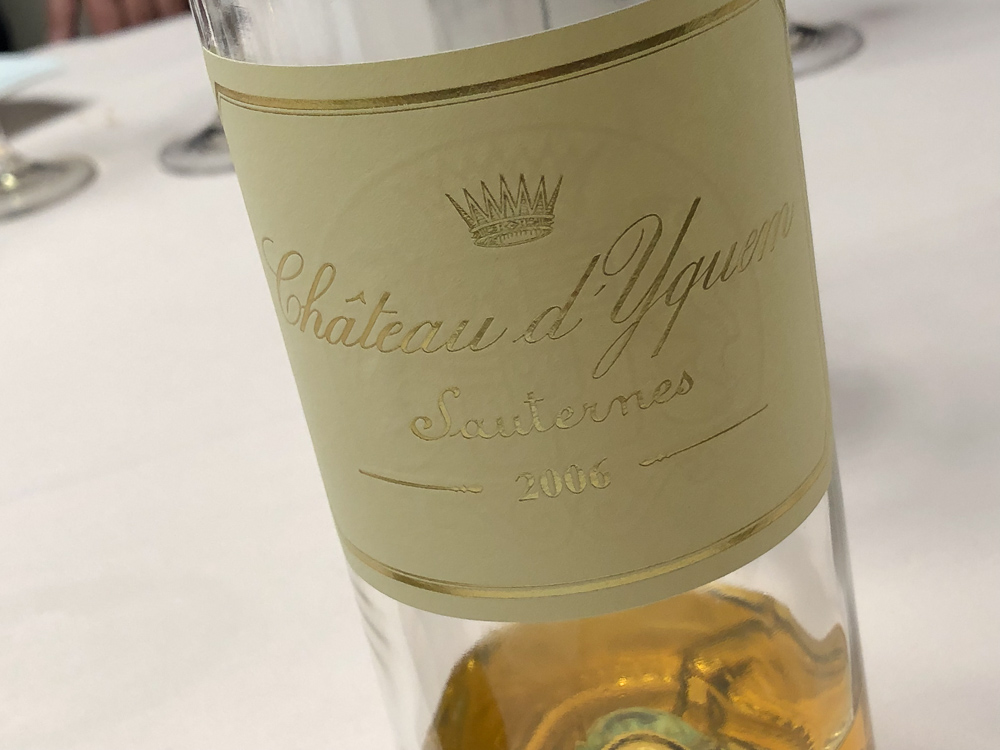
Sauternes
From Bordeaux in southwest France. Made from grapes affected by noble rot. Good examples have complex flavours of apricot, marmalade, lemons, spice, honey, lanolin and even sometimes a bit of vanilla. Keep for ages in the fridge once opened.
Tokaji
From Hungary. These are made with noble rotted or raisined grapes that are selectively picked in different passes through the vineyard and kept aside as aszu, which is later added to fermenting wine. The more aszu, the more sweet and complex the final wine is. These are often spicy, have apricot and citrus peel notes, some honey and apple, a hint of raisin and nice acidity and structure.
Constantia
A historical sweet wine style from the Constantia wine region of South Africa that was resurrected in the 1980s with Klein Constantia’s Vin de Constance. This is based on Muscat grapes that are harvested late, and some of the raisined berries are seeped in wine to add some structure and freshness. A few producers now make this style of wine.
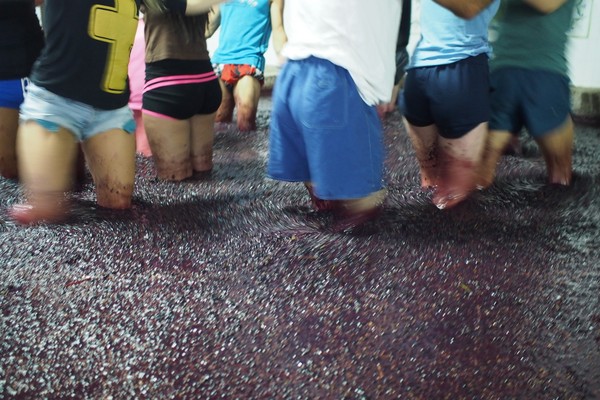
Port
There are many different kinds of Port, which comes from the Douro wine region in Portugal. Traditionally, grapes would be trodden in shallow fermenting vessels called lagares for a couple of days to extract lots of colour and flavour from the skins, and then fortified while there is lots of sugar left. The ruby style is bottled relatively early with lots of colour and fruit, while the tawny style is aged for a long time in casks and tastes completely different. Both styles make fabulous wines.
Vin Santo
Hailing from Tuscany in Italy, Vin Santo is a sweet wine made from white grapes that are dried for a few months in order to concentrate sugars and acids before fermentation, and then aged in barrel.
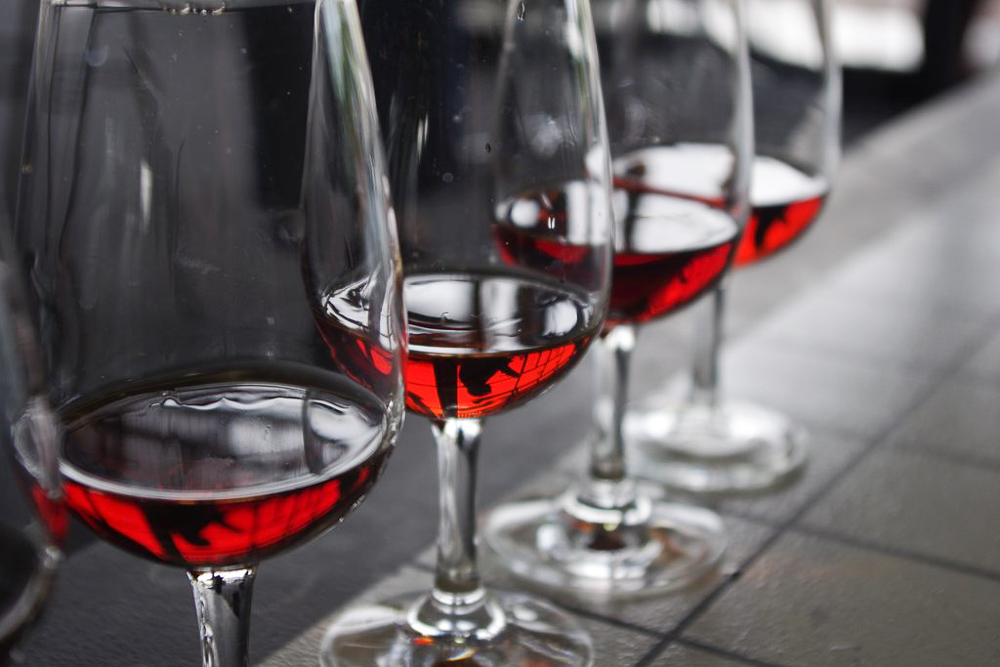
Rutherglen ‘stickies’
Rutherglen, in northeast Victoria in Australia, makes some amazing sweet fortified wines that are aged for a long time in barrel. There are two grape varieties grown: Muscat and Muscadelle. The former are known simply as Muscats, while the latter used to be Tokays, but this was recently changed to Topaque. They are usually astonishingly sweet and complex, and are one of Australia’s great gifts to the wine world.
Beerenauslese (BA) and Trockenbeerenauslese (TBA) Rieslings
In Germany’s Mosel region some of the world’s great sweet wines are made from the Riesling grape variety that has been affected by noble rot, or are raisined through desiccation. TBA is the sweetest and most complex, but BA can also be fantastic. The grapes are picked selectively in special passes through the vineyard.
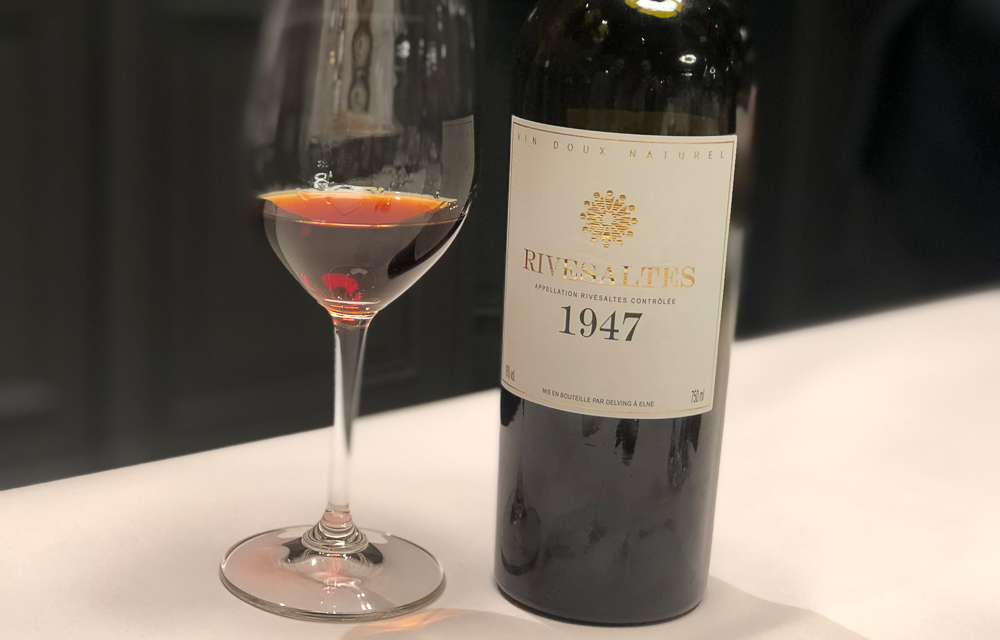
Vins Doux Naturels
These are fortified wines from the south of France, and include Maury, Banyuls, Rivesaltes and Muscat de Beaumes de Venise. They can be excellent value for money. Some are made in an oxidative style, left outside in glass demijohns.

